1. Egg Tempera Painting
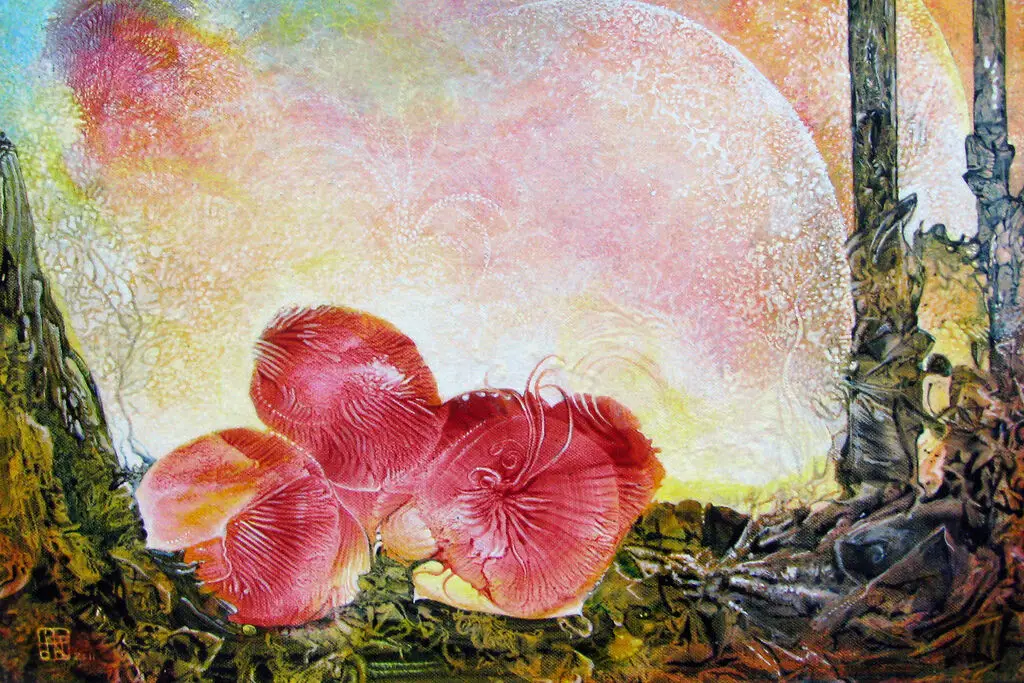
Before oil paints took over the art world, egg tempera was the go-to medium for centuries. Made by mixing pigment with egg yolk, this fast-drying paint created luminous, long-lasting works that you can still see in museums today. It requires serious patience and precision, which is probably why it fell out of favor. But some modern artists are embracing it again, drawn to the control it gives over layering and the subtle glow it adds to a piece shares Wikipedia.
It’s not the easiest technique to master, and the idea of cracking eggs every time you want to paint might sound messy. Still, those who fall in love with tempera say it connects them to a slower, more intentional way of making art. It forces you to think ahead and plan every stroke. And in a world where everything moves fast, there’s something refreshing about that adds ArtWeb Blog.
2. Fresco Painting
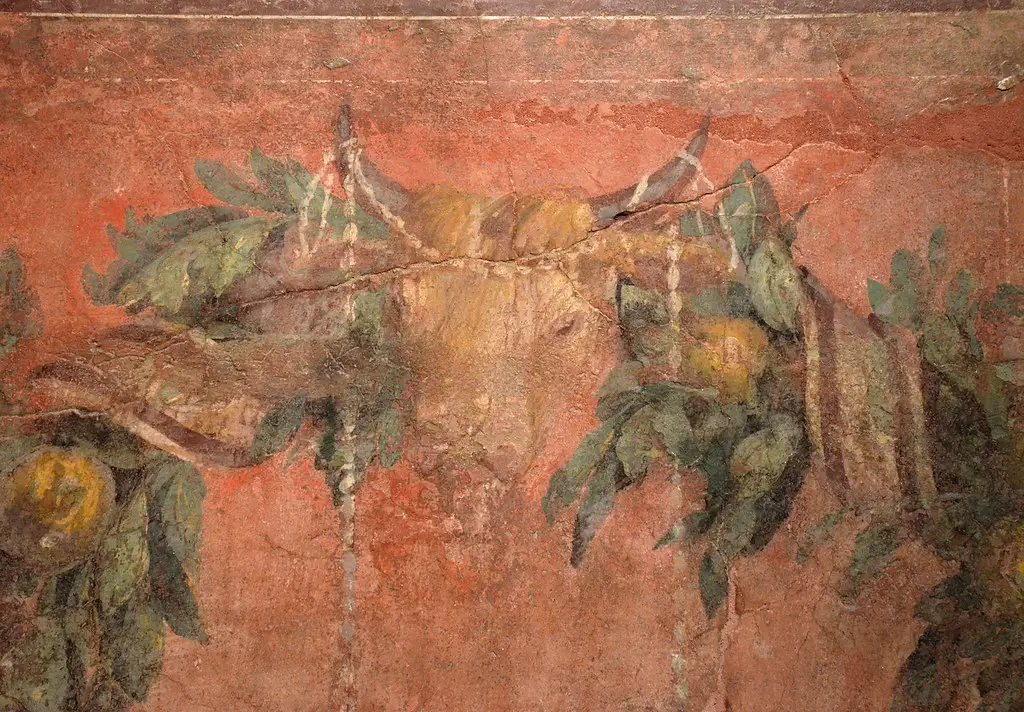
Fresco might make you think of Michelangelo’s Sistine Chapel, and you’d be right—that’s one of the most iconic examples. This technique involves painting directly onto wet plaster, which means your pigment becomes part of the wall itself. It’s permanent, bold, and deeply historical, but it’s also incredibly tricky. Once the plaster starts to dry, there’s no going back shares Britannica.
Despite the challenges, a few brave souls are taking it on again. They say it teaches humility, focus, and an appreciation for timing. Every brushstroke is a commitment, and that kind of pressure can actually be thrilling. It’s not for the faint of heart, but it’s definitely for those who crave something meaningful and enduring explains Tate.
3. Gilding
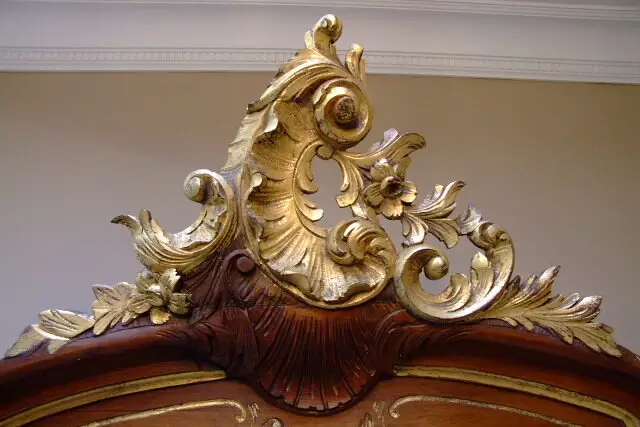
Gilding is the art of applying gold leaf to surfaces—think halos in medieval paintings or ornate picture frames. It might seem purely decorative, but it’s actually quite spiritual for some artists, representing light, divinity, or importance. The process involves a lot of careful steps, including laying down adhesive and using special brushes to handle the delicate gold. It’s finicky work, but the results are breathtaking.
A new generation of artists is bringing gilding into modern times by combining it with street art, sculpture, and even abstract pieces. There’s something powerful about seeing gold in unexpected places. It adds depth and contrast, especially when paired with raw or recycled materials. Plus, learning how to handle gold leaf makes you feel like you’re part magician, part craftsman.
4. Encaustic Painting
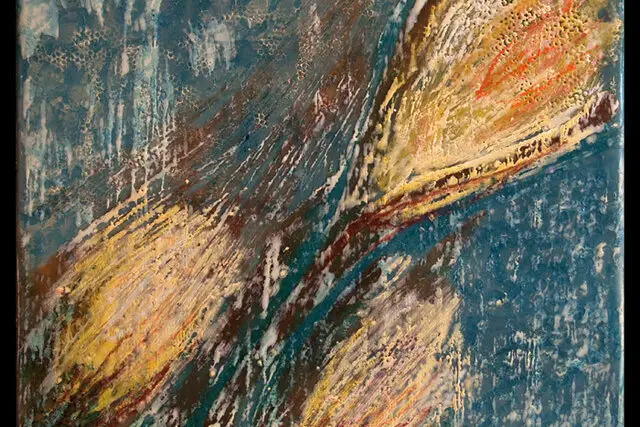
Encaustic painting, or painting with hot wax, dates back to ancient Egypt. It’s not just about melting some crayons—it involves mixing pigment with heated beeswax and then applying it to a surface, usually wood. The texture is rich, the finish is glossy, and you can layer and scrape back in ways you can’t with other mediums. But yes, it does require working near a heat source, which isn’t for everyone.
Artists who love encaustic say it feels alive, like you’re sculpting as much as painting. It encourages experimentation, whether you’re embedding objects into the wax or playing with transparency. The smell of beeswax alone is enough to make some fall in love. It’s a sensory experience that brings warmth and tactility back to visual art.
5. Marbling
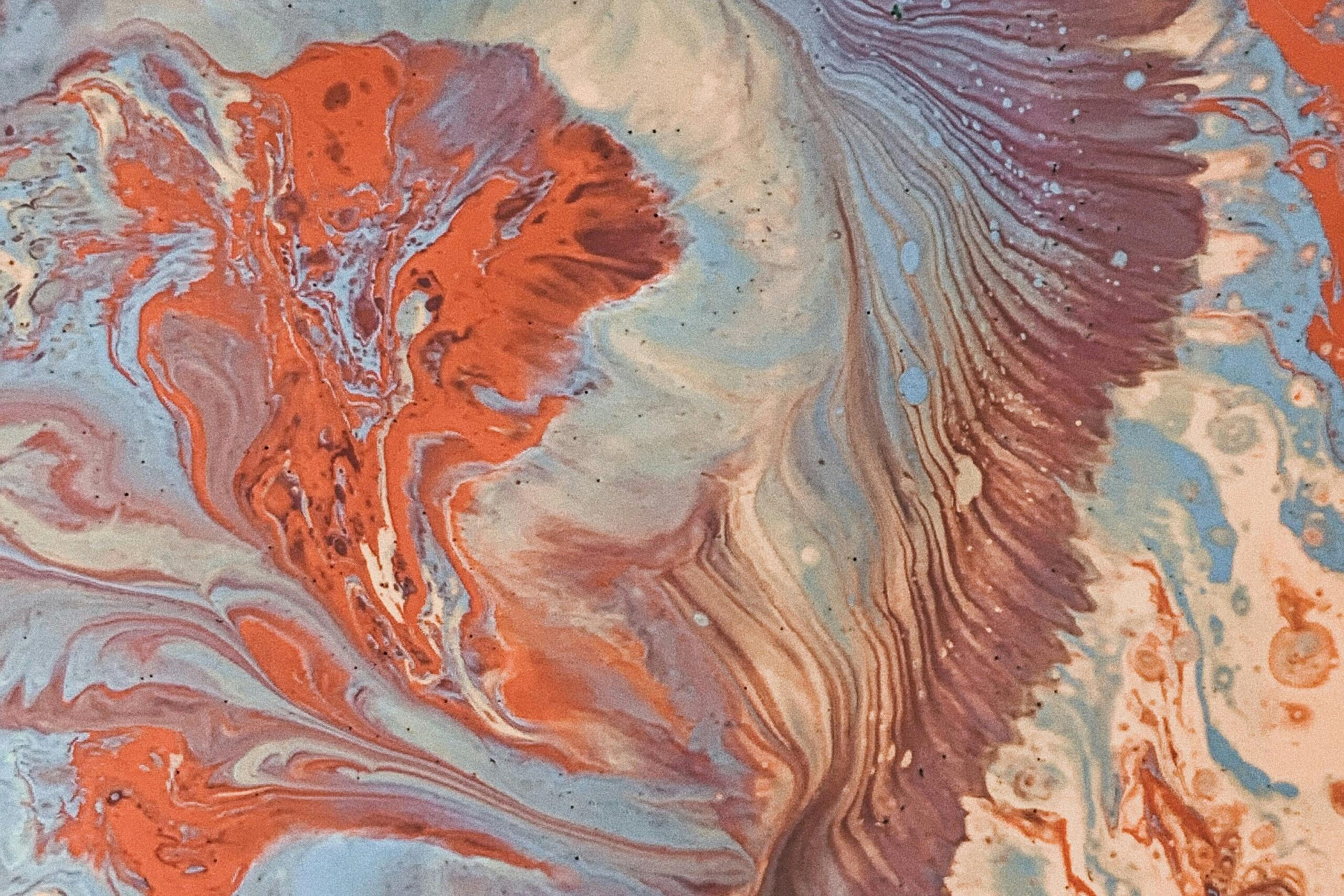
If you’ve ever seen swirling patterns on old book covers, you’ve seen marbling. This mesmerizing technique involves floating paint on a bath of water or thickened liquid, then carefully transferring the design onto paper or fabric. It’s unpredictable and chaotic in the best way, which is why some modern artists are falling for it again. Every piece is one of a kind, and that randomness is part of the magic.
Reviving marbling means embracing the mess and letting go of total control. That’s a tough ask for perfectionists, but also kind of freeing. Today’s artists are using it not just on paper but in fashion, ceramics, and even large-scale installations. It’s old-world charm meets modern creativity, and it’s getting a second wind in the most unexpected places.
6. Intaglio Printing
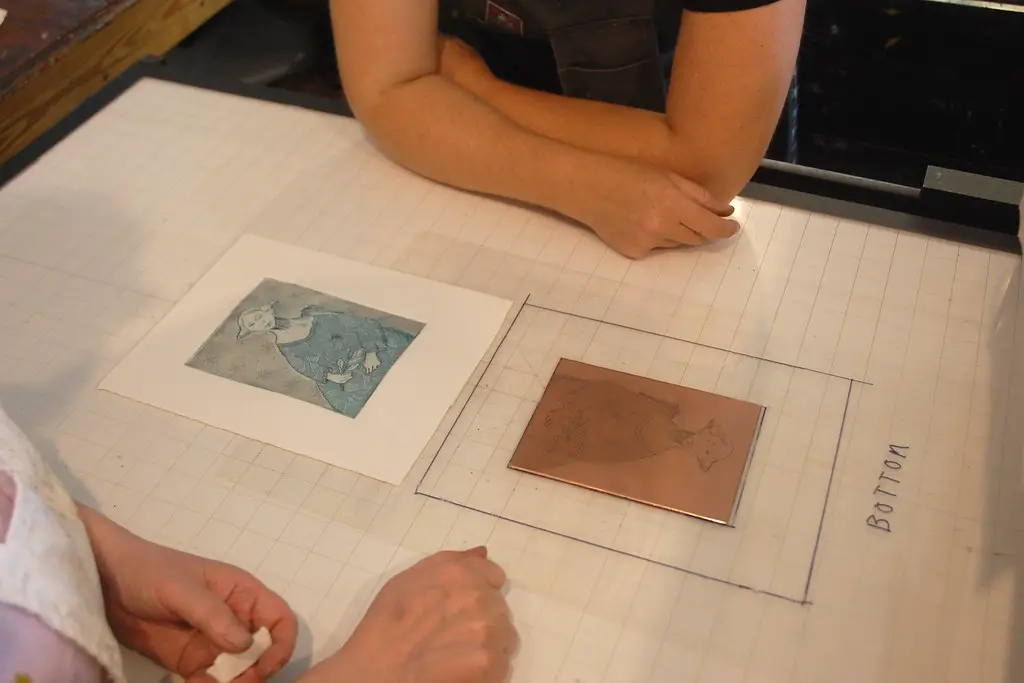
Intaglio printing might sound intimidating, but it’s basically a family of printmaking techniques where the image is carved into a surface, usually metal. Ink is pushed into the grooves, wiped from the surface, and then pressed onto paper with a special press. The results are detailed and dramatic, with rich texture and tone. It’s slower than digital printing, but that’s kind of the point.
Artists today are rediscovering intaglio because it forces you to slow down and appreciate the craft. There’s a real thrill in pulling that first print and seeing what you’ve made. Some even find the physical labor meditative. It’s a reminder that sometimes, the old ways are worth keeping—not just for the results, but for the journey it takes to get there.
7. Grisaille
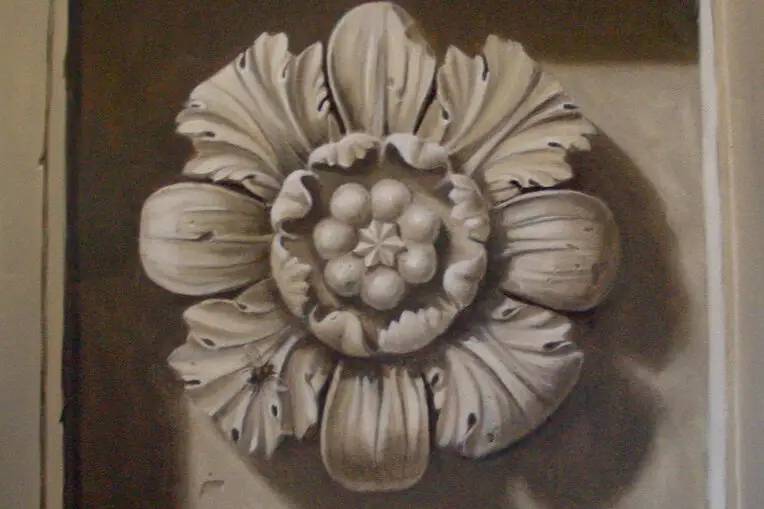
Grisaille is the art of painting entirely in shades of gray, often to mimic sculpture or to serve as an underpainting. It might sound dull at first, but it’s actually a masterclass in value, form, and light. For centuries, it was used to map out paintings or create stand-alone monochrome pieces with sculptural realism. Now, a few modern artists are turning to grisaille as a way to strip things down and focus on fundamentals.
What’s cool is that once you get the hang of it, you see how powerful gray can be. It sharpens your eye and trains you to see subtleties you’d otherwise miss. Some artists even use it as a meditative warm-up before diving into full-color works. It’s a quiet technique with a lot to say, and it’s helping bring depth and discipline back into studio practice.
8. Silverpoint Drawing
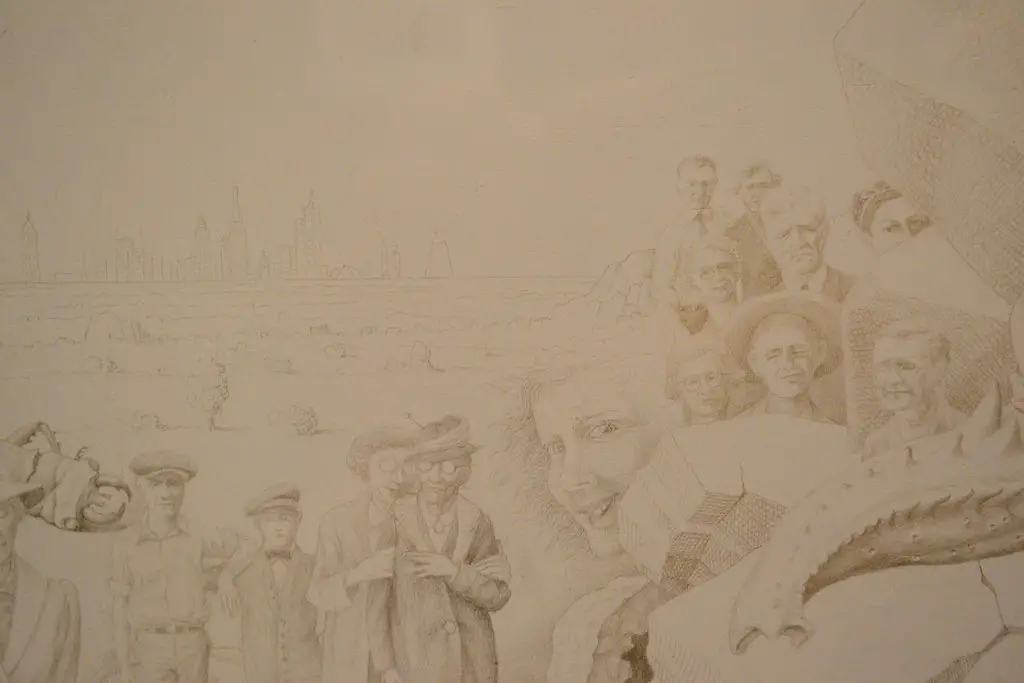
Silverpoint is exactly what it sounds like: drawing with a piece of silver wire instead of graphite or charcoal. It was popular in the Renaissance and creates incredibly fine, precise lines that tarnish over time into a warm gray. It’s not forgiving—you can’t erase it—and that makes it kind of thrilling. Every mark counts, and that forces artists to be deliberate and thoughtful.
Modern artists who use silverpoint say it brings a kind of meditative clarity to their process. It’s about restraint, patience, and subtlety. There’s no room for shortcuts, which can be refreshing in a digital world. Plus, the evolving nature of the drawing as it oxidizes adds a living quality you just don’t get from other materials.
9. Lithography
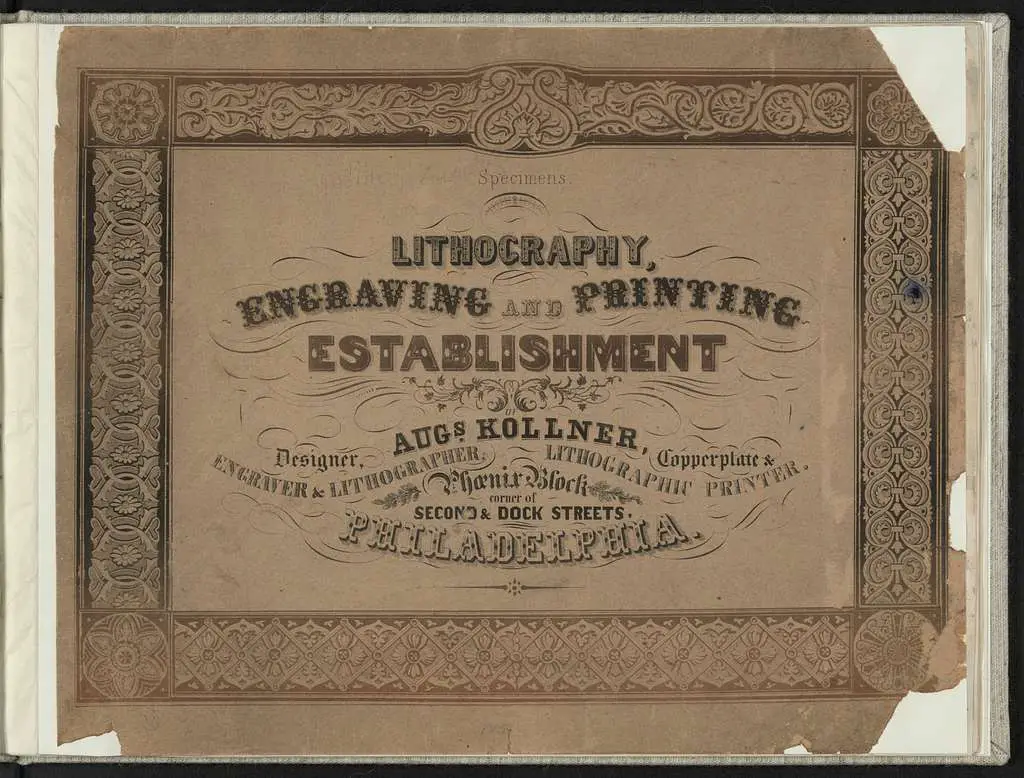
Lithography was once a dominant form of printing, relying on the principle that oil and water don’t mix. Artists draw with greasy materials on a stone or metal plate, then go through a chemical process to make the image printable. It’s labor-intensive and requires technical knowledge, which is probably why it’s been largely replaced by digital tools. But some artists are finding joy in its complexity.
There’s something special about the rich blacks and smooth gradients lithography can create. It allows for painterly gestures and subtle tones that are hard to replicate digitally. Today’s revivalists often mix it with modern techniques to create hybrid works. They say the hands-on process connects them to a long lineage of printmakers and brings depth that pixels just can’t touch.
10. Tapestry Weaving
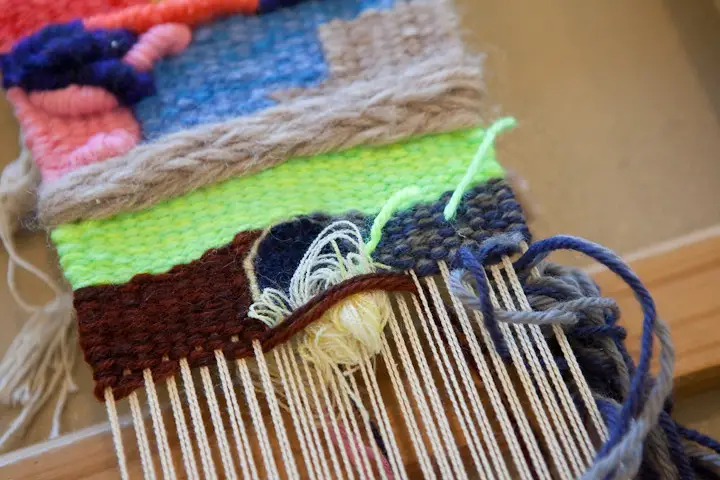
Before paintings filled walls, people told stories through woven tapestries. These textile masterpieces were slow to make but full of rich detail and symbolic imagery. With industrial fabric production taking over, traditional tapestry weaving became more of a museum piece. But now, some artists are picking up the loom again, blending old methods with contemporary themes.
Weaving forces a totally different pace and mindset. It’s not instant—it builds line by line, thread by thread. Artists say it brings a physical relationship to their work, something tactile and grounding. And by reinterpreting old motifs or weaving personal stories, they’re giving tapestry a new voice while honoring its ancient roots.
11. Cloisonné Enameling

Cloisonné is a metalworking technique where artists create compartments (cloisons) on metal surfaces and fill them with enamel. It’s like stained glass meets jewelry-making, and the results are vibrant, detailed, and durable. Originating in ancient civilizations, it’s time-consuming and requires serious skill, which is why it almost vanished. But some contemporary artists are reviving it in bold new ways.
They’re not just making traditional vases or pendants—they’re creating modern pieces with abstract shapes and surprising color palettes. Cloisonné forces artists to think in layers and plan ahead, which can be a satisfying challenge. There’s also a sense of permanence in the finished work, which stands up to time and wear. For artists tired of disposable trends, that’s a huge draw.
12. Burnishing
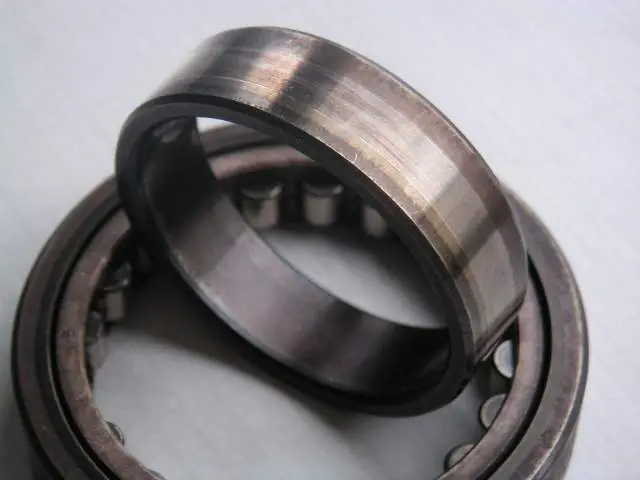
Burnishing is the practice of rubbing a surface until it shines, often used in drawing or pottery to create a polished, mirror-like effect. It doesn’t sound like much until you see the results—gleaming surfaces that almost look like metal. It takes elbow grease and a lot of time, which is probably why it fell out of favor. But for some artists, it’s become a way to slow down and reconnect with their work.
The rhythm of rubbing, smoothing, and refining can be soothing, almost like a ritual. Artists use burnishing to bring out hidden depth and luster, adding a quiet elegance to their pieces. In an age of quick fixes and instant art, burnishing feels like a radical act of patience. It reminds us that sometimes, the best things take time and care.
